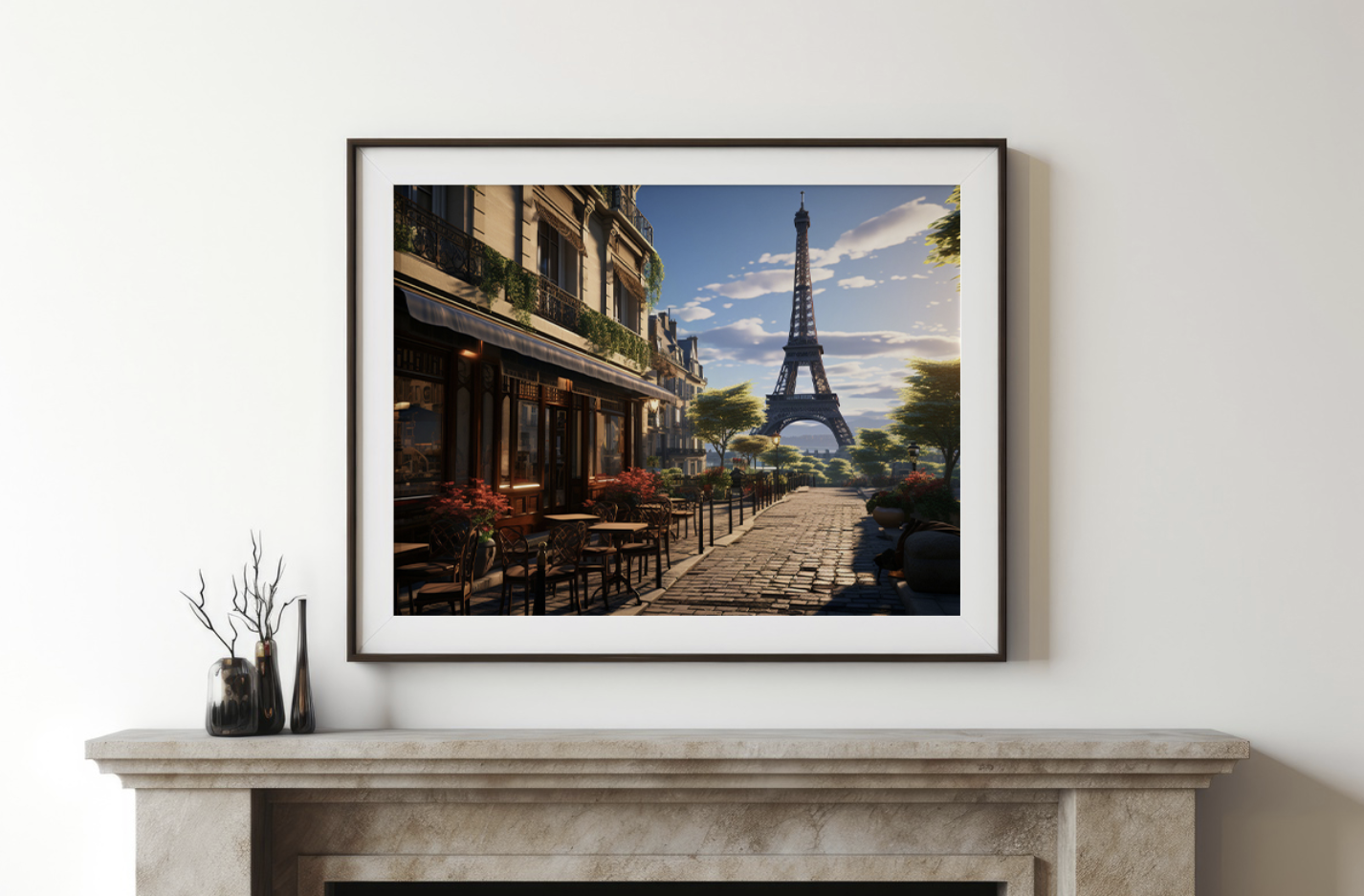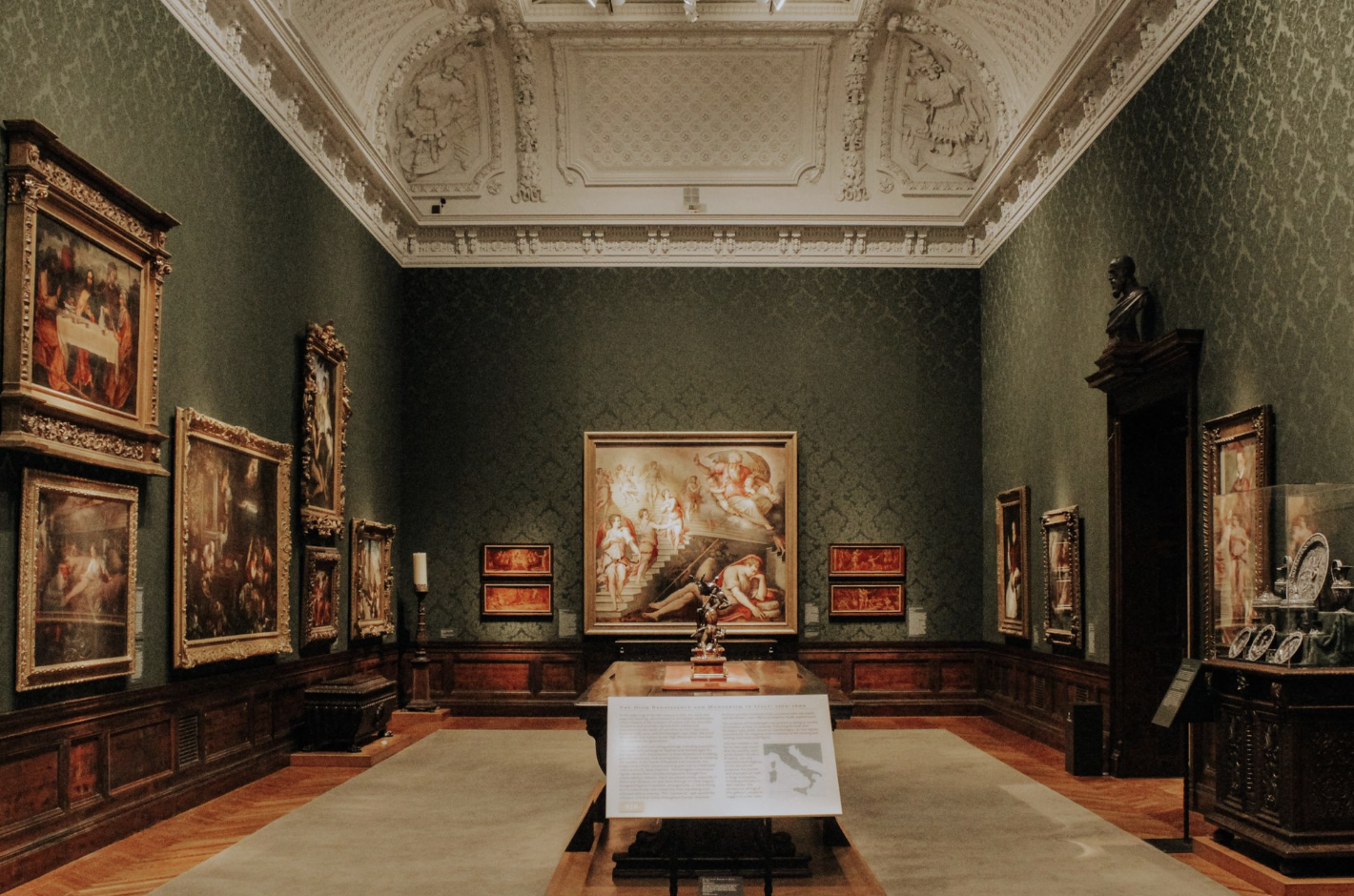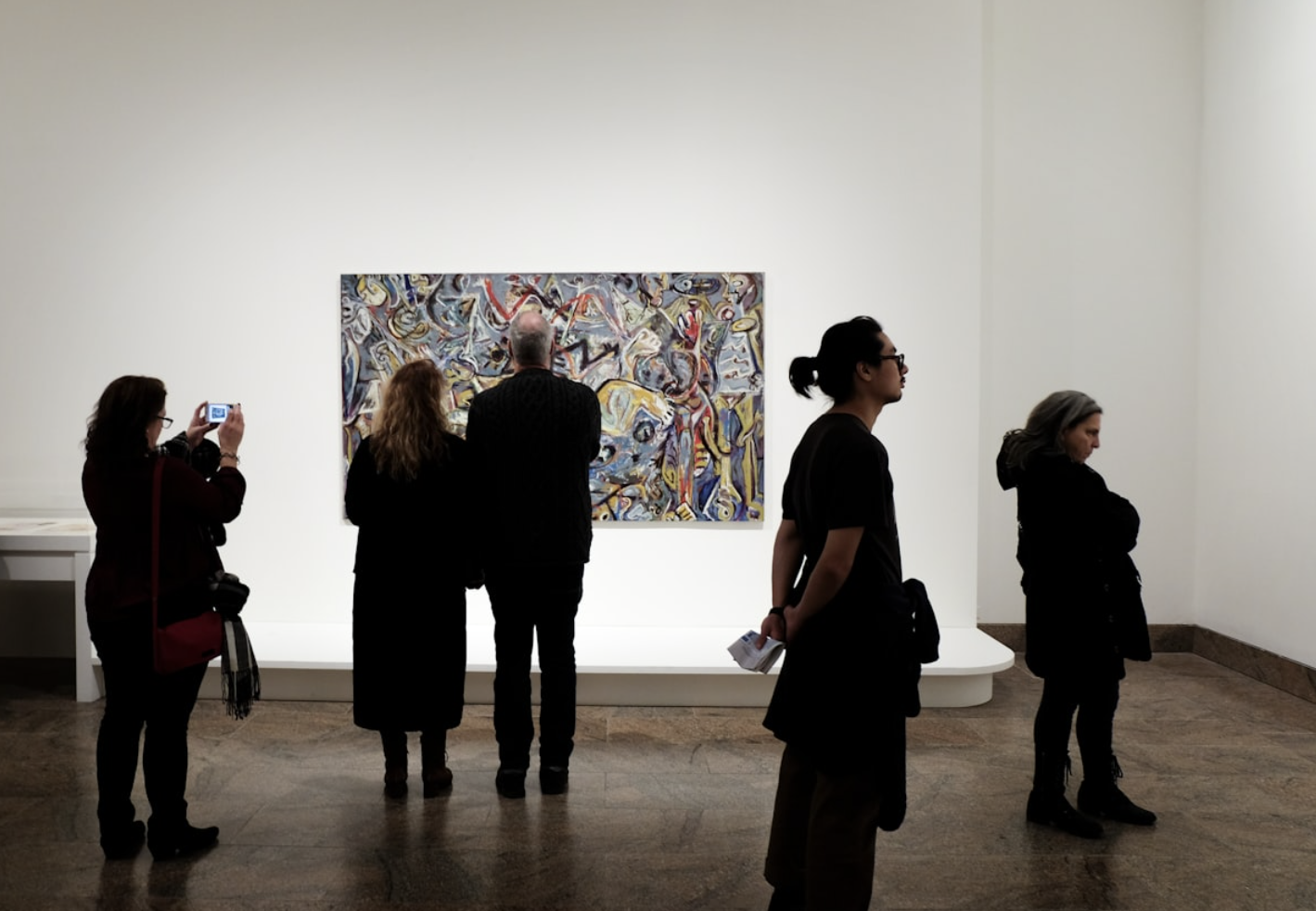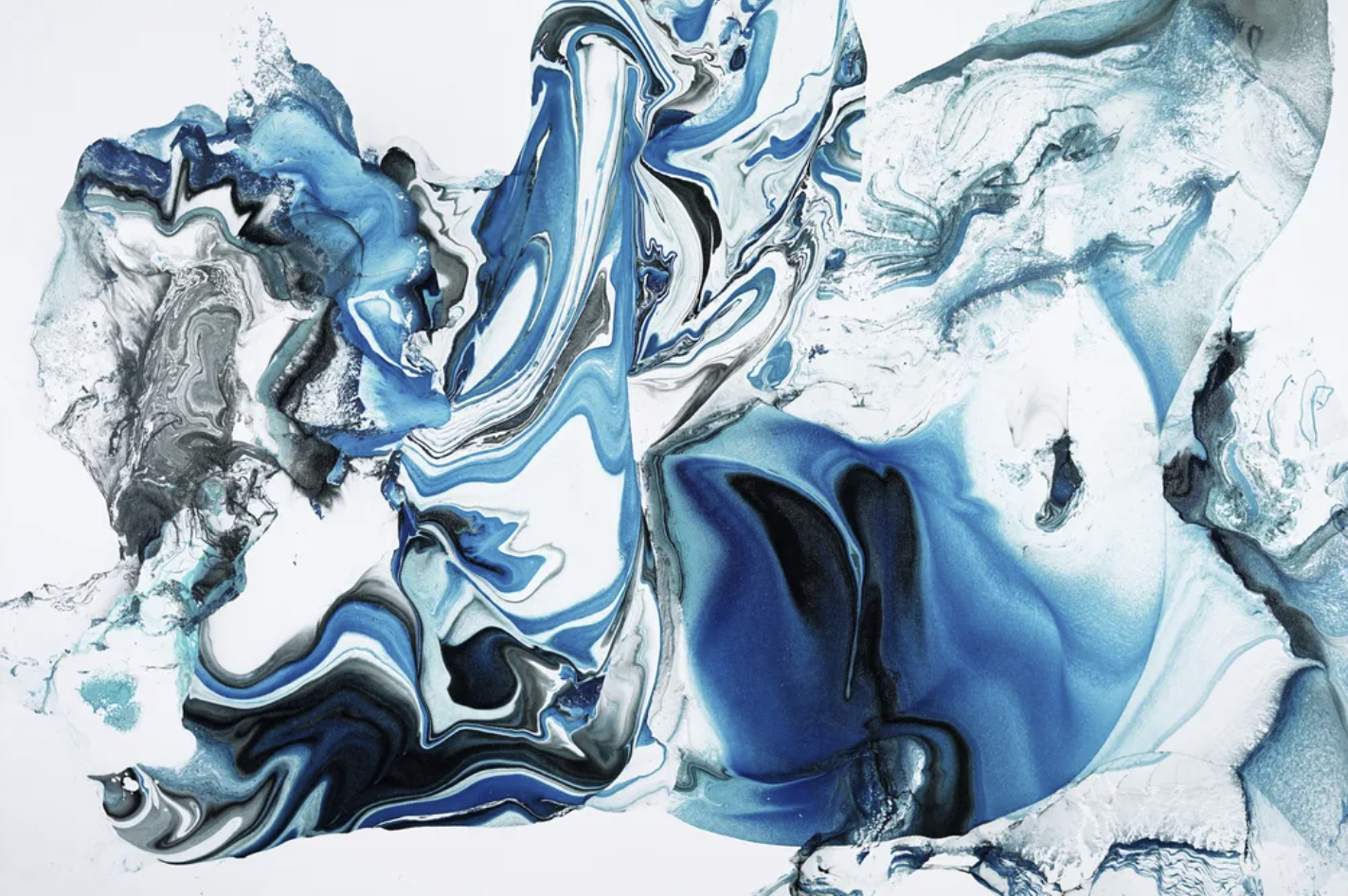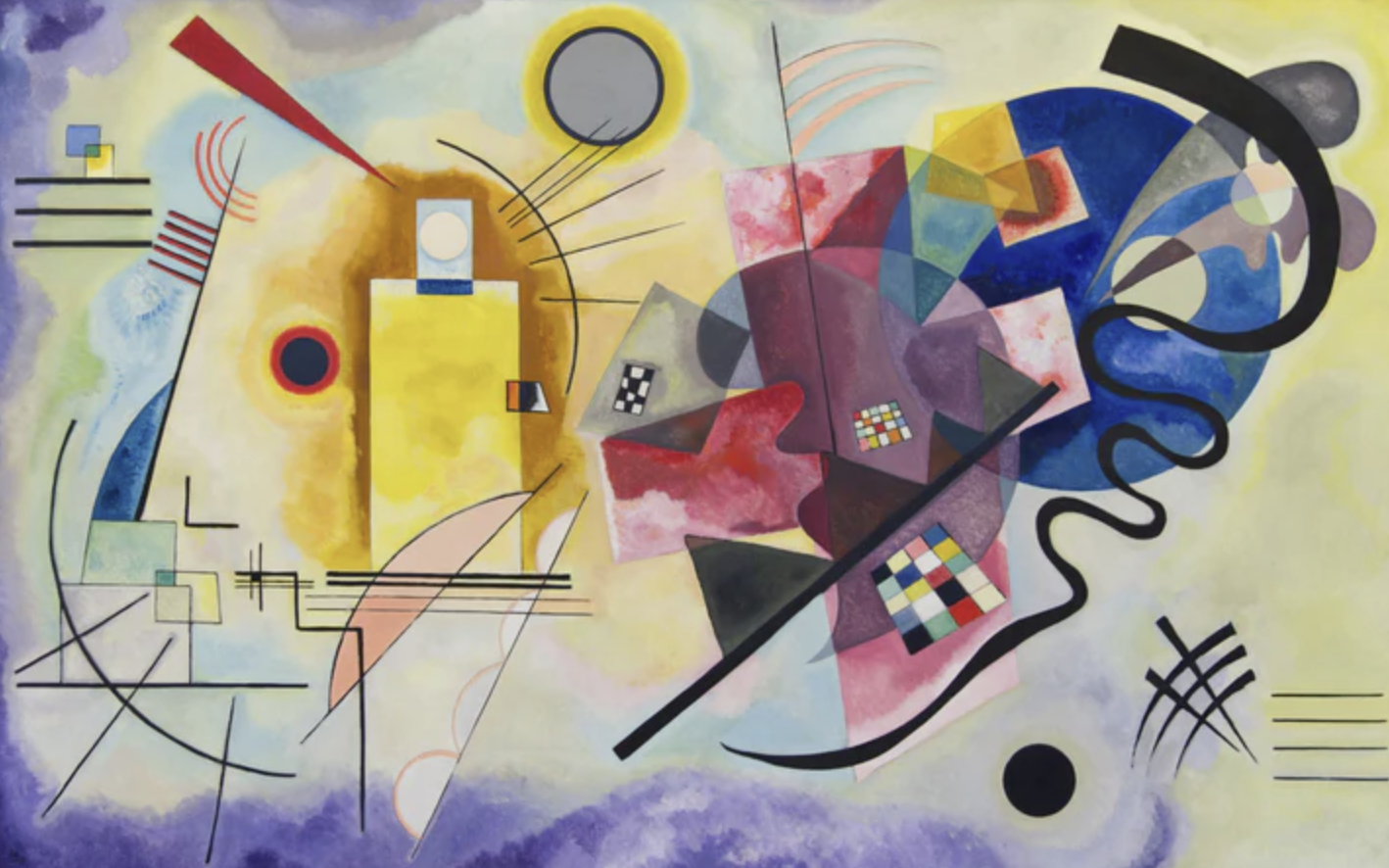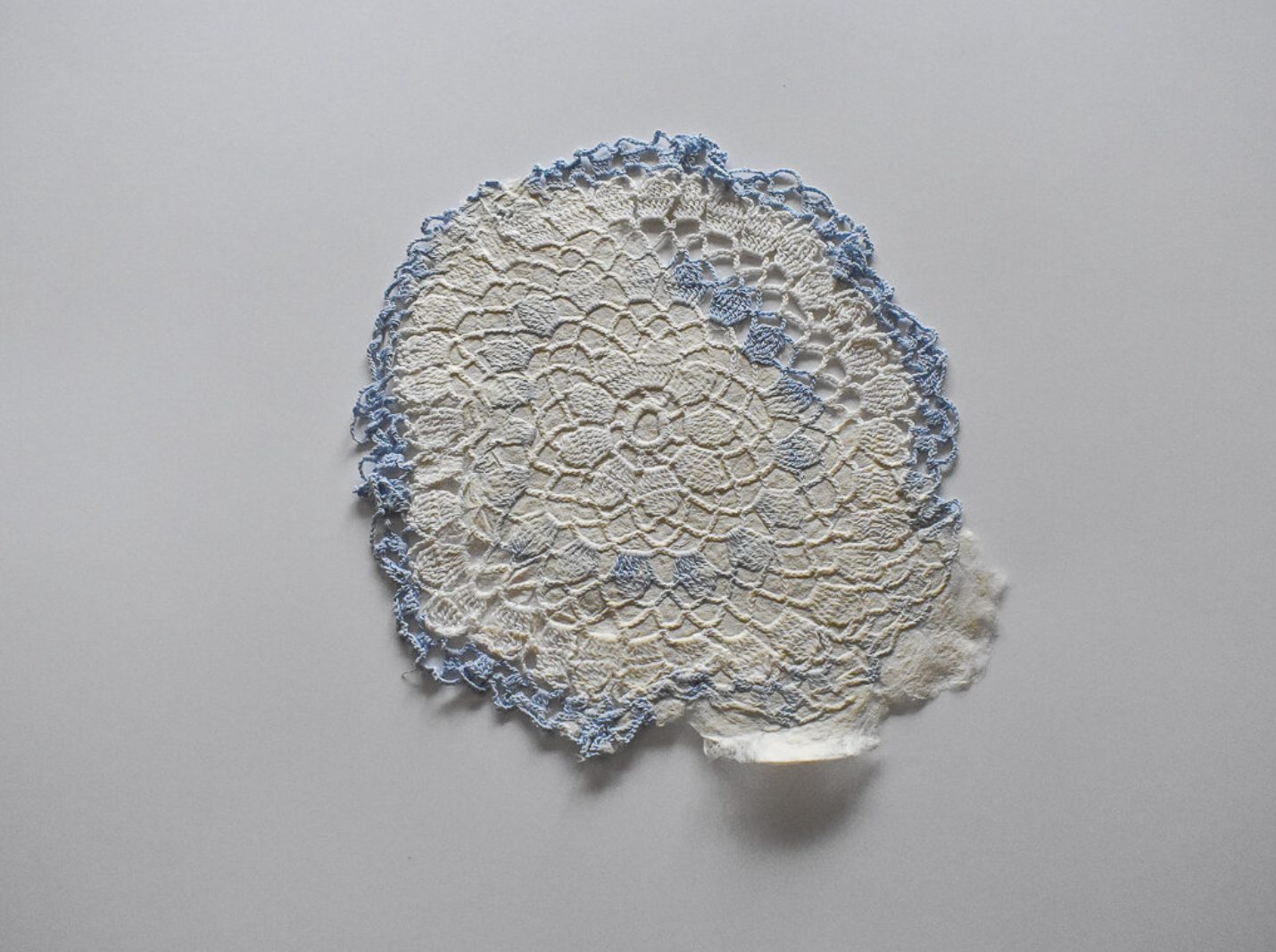
Investing in art can be a lucrative alternative to traditional investments, offering the potential for impressive returns and long-term growth. With the art market becoming more accessible, more and more individuals are looking to art as a way to diversify their financial portfolios. Here’s why investing in art might be the right move for you.
The Potential for High Returns
According to data from Artprice, a leader in art market analysis, investing in art can yield returns comparable to trading on major stock exchanges, but with less financial risk. For artwork valued over €100,000—such as paintings, sculptures, or photographs—you can expect annual returns of more than 10%. This makes art a potentially high-yield investment for those looking to build wealth outside of the traditional stock market.
The Growing Accessibility of the Art Market
In the past, art investments were primarily limited to wealthy individuals and professionals with the resources to make large-scale transactions. However, thanks to the rise of the internet and social media, the art market has become more transparent and accessible. Now, anyone with an internet connection can easily explore art portfolios, learn about artists, and even make purchases online—turning art investment into something that’s just as simple as browsing a few galleries and making a click.
Rising Art Values
The value of artwork has been steadily increasing, making it an attractive investment for those looking to grow their wealth over time. A painting purchased today could increase in value by 7 to 12% annually if held for over five years. With a little experience and knowledge, investors can spot emerging artists and anticipate when the best time to sell their pieces might be. Art investment doesn’t require an in-depth art history background—by staying informed and paying attention to market trends, anyone can get involved.
Diversifying Your Investment Portfolio with Art
Many investors are looking beyond traditional financial markets to diversify their portfolios. Art offers a risk-free, tangible asset that’s completely separate from stock market fluctuations. While stocks may experience ups and downs, the value of a piece of art is based on the artist’s reputation and the uniqueness of their work—not the performance of the stock market.
Why Art Is a Safer Investment Than Stocks
Unlike the stock market, the art market operates independently, making it less susceptible to financial crises and stock market crashes. The value of art is not tied to the volatility of indices like the Dow Jones. Because of this, investing in fine art can provide a safer, more stable alternative to investing in stocks, gold, or other commodities.
Tax Benefits for Art Investors
One of the advantages of investing in art is the potential for favorable tax treatment. In countries like France, works of art are exempt from the solidarity tax on wealth, also known as ISF, making them an appealing option for investors seeking to minimize their tax burden. Additionally, taxes on the resale of art are relatively low compared to other assets.
Understanding Taxation on Art Resale
In France, the taxation on capital gains from the sale of art is governed by specific rules. If a piece of art is sold for under €5,000, no tax is imposed. However, if the sale exceeds this amount, a flat tax rate of 6.5% is applied. Alternatively, investors can choose to use the capital gains tax regime, which typically ranges from 34% to 36% of the capital gain (not the sale price). Half of this tax is allocated to income tax, while the other half is dedicated to social security contributions.
Conclusion
Investing in art offers many potential benefits, from the possibility of high returns to the diversification of your investment portfolio. The art market has become more accessible, and with the right research and strategy, anyone can start investing. Whether you’re attracted to art for its financial growth or its cultural value, it’s clear that this market presents a unique opportunity for savvy investors looking for something outside the typical stock market.




